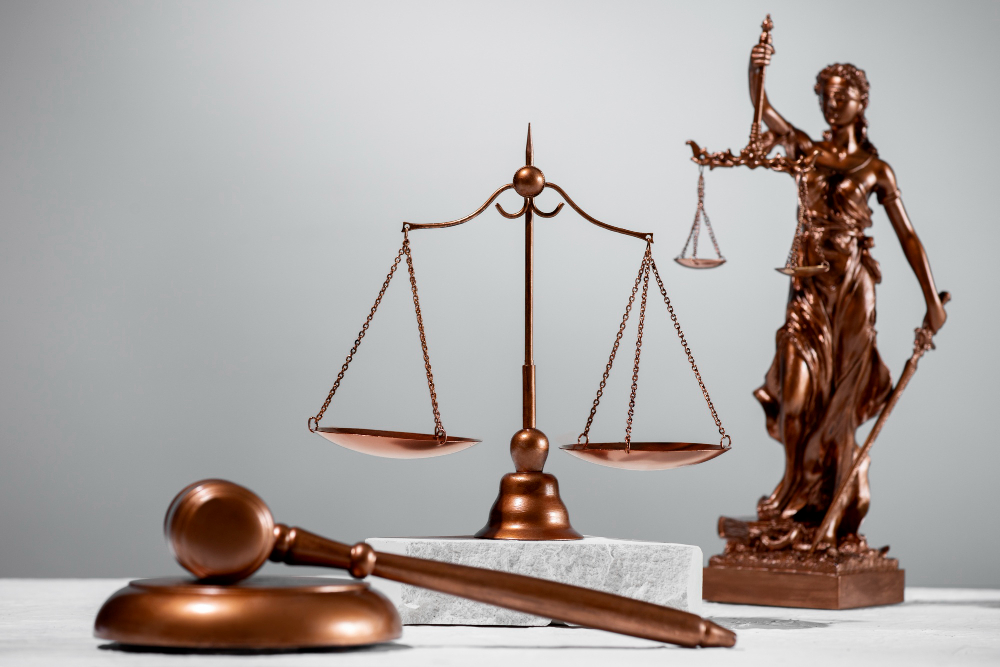
President’s Rule, also known as Article 356 of the Indian Constitution, refers to the mechanism by which the central government takes control of the governance of a state in India. It is an exceptional provision intended to maintain constitutional order in situations where the normal functioning of the state machinery is disrupted, leading to a breakdown of governance, law, and order.
The Meaning and Provisions of President’s Rule
President’s Rule is enshrined in Article 356 of the Indian Constitution, which empowers the President of India to assume direct control over the state administration in case of certain failures. It is invoked under specific circumstances:
Failure of Constitutional Machinery: If the state government is unable to function as per constitutional provisions due to reasons such as political instability, internal conflicts, or governance breakdown.
Inability to Comply with Constitutional Mandates: Instances where the state government fails to follow the directives issued by the Union government.
Elections or Coalition Breakdown: If a state assembly cannot be formed due to the absence of a clear majority or if a coalition government collapses, leading to administrative paralysis.
The Process of Imposition
The process of invoking President’s Rule begins with a report from the Governor of the concerned state to the President, highlighting the failure of the constitutional machinery. The President then assesses the situation, consulting with the Union Cabinet before deciding whether to impose central rule.
Once President’s Rule is imposed:
State Assembly Dismissal: The state legislative assembly is either suspended or dissolved.
Governor’s Rule: The Governor, appointed by the President, assumes the powers of the state government. The Governor functions with the aid and advice of advisors appointed by the President or directly by the Union government.
Central Control: The President effectively administers the state through the Governor and advisors, exercising executive authority on behalf of the Union government.
Criticism and Controversies
The imposition of President’s Rule has often sparked debates and controversies due to its perceived misuse for political gains. Critics argue that it undermines the federal structure of the Indian polity by encroaching on the autonomy of states, which is against the spirit of a democratic setup.
Duration and Review
President’s Rule is not meant to be a permanent solution. The Indian Constitution mandates that it should be approved by both houses of Parliament within six months of its imposition. The period can be extended in six-month increments for a maximum duration of three years under exceptional circumstances.
Conclusion
President’s Rule in India serves as a crucial constitutional provision to maintain order and stability when the normal functioning of a state’s government is compromised. However, its application requires careful consideration to prevent misuse and safeguard the principles of federalism and democracy.
While it acts as a safety net in times of crises, the imposition of central rule should always be a measure of last resort, prioritizing the restoration of democratic governance at the state level.
In essence, President’s Rule represents the balance between preserving constitutional values and ensuring effective governance in the Indian federal structure.









